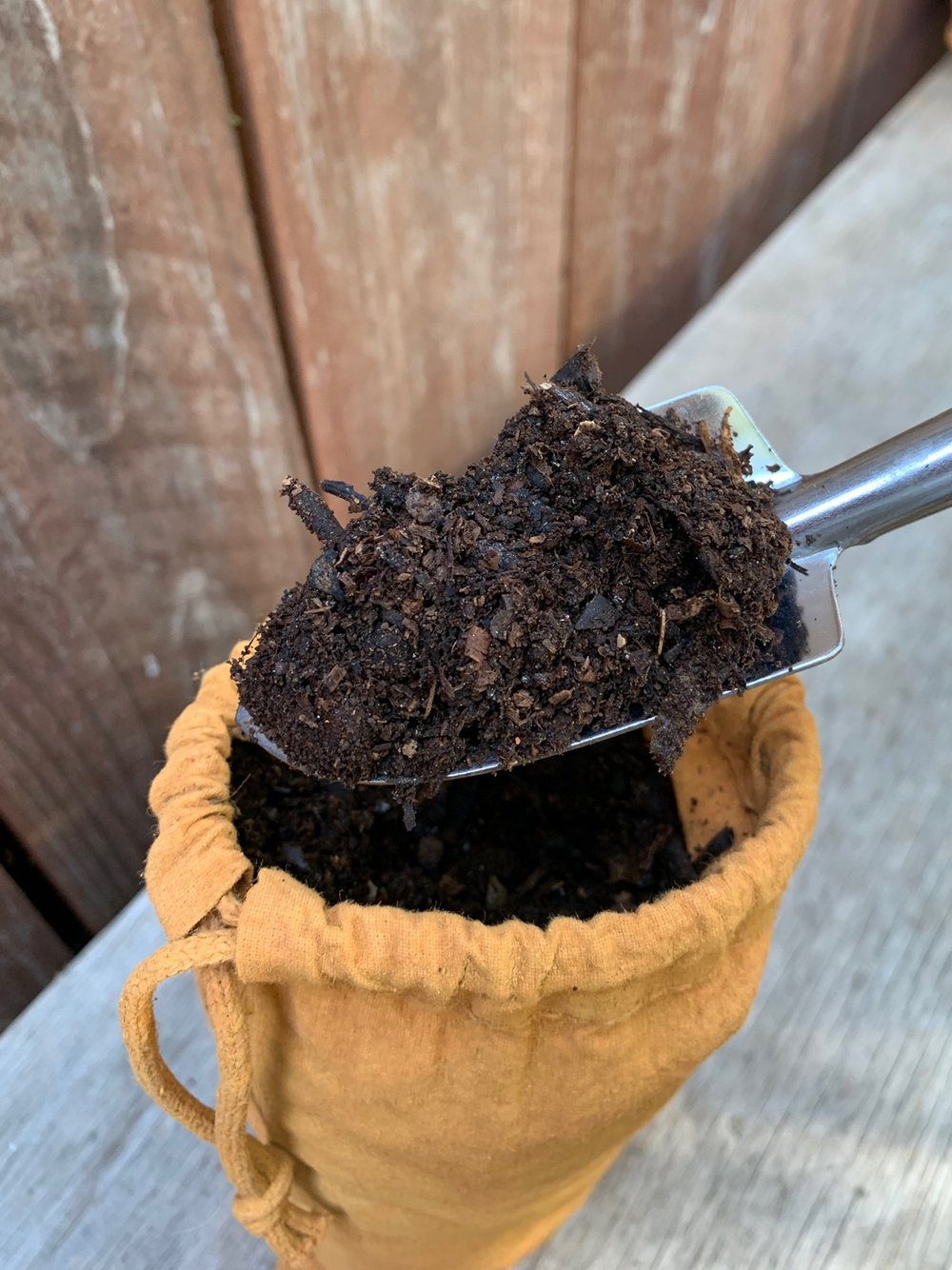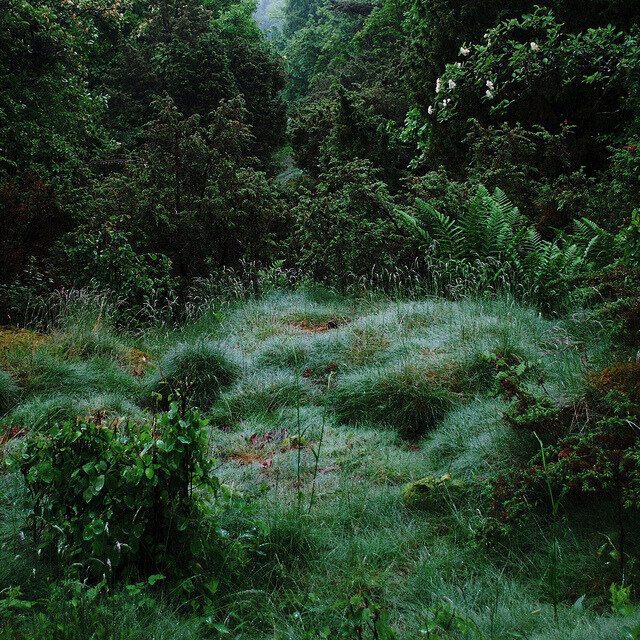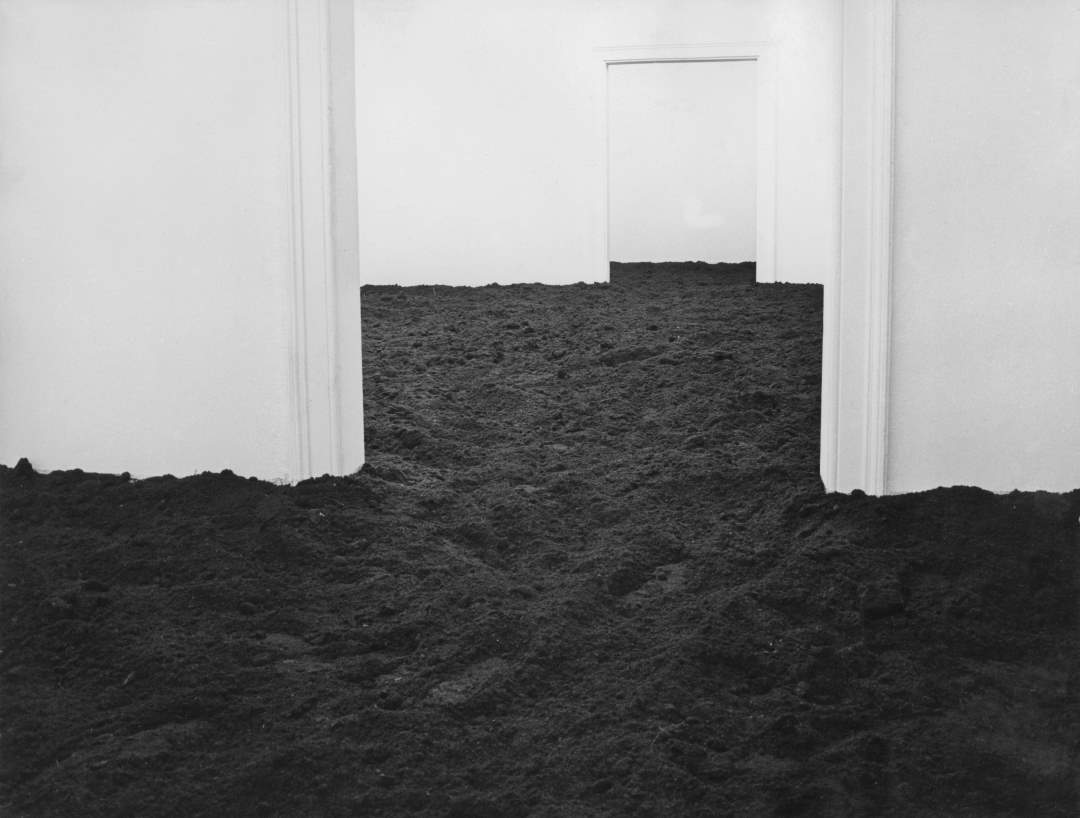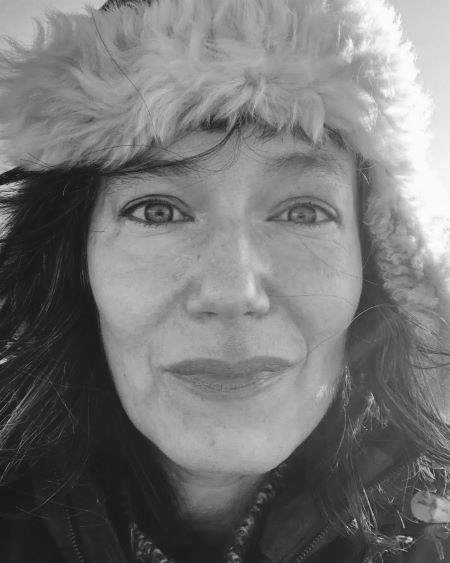For ten years after leaving New York and Paris for the wild coast of Maine, I immersed myself in country living. Every week I made yogurt and sourdough bread from scratch. On Sundays I knit bulky stuff for the kids. In the spring I started seedlings. In the summers I put up more than 80 jars of tomato sauce. Come Fall, out in the woods, I foraged for mushrooms that I was too scared to eat. We kept bees until a bear got the hive. There was a long spoon-carving phase. I sewed. I made plant dyes. I tinctured our hops plants and harvested lavender and calendula to make balm.
Each time I jumped into something new, I was sure I’d found my calling, envisioning the sheep I’d buy to make my own cheese or the pots of honey I’d soon sell at the farmer’s market.
But none of it struck, and nothing held me rapt like making compost did, though it wasn’t picturesque. One spring I took a biodynamic farming course co-led by a young Brazilian guy who was a professional compost consultant, jetting around to the world’s eco-farms to dig in the muck for a living. He led us out to a towering 8-foot pyramidal pile of rich, dark loam at the herbal farm hosting the event and pressed his palms together. Like a diver, he plunged into the mound, cleaving it decisively, then parting his hands gently to let out a wisp of fragrant steam. He stuck his face into the crevasse, savoring the moment, inhaling deeply with all the delight of a connoisseur.
On the practical level, compost shouldn’t stink, he explained. That would mean that the rot had gone wrong. Instead, it should give off the sweet aroma of rich hummus. We each stepped up in turn, inching our faces as close as we dared to the pile. And, to my surprise, I, too, found it intoxicating—I could not get enough of that smell. I was obsessed.
 Compost from Britt Browne’s artisanal composting company, Finca Tierra Negra.
Compost from Britt Browne’s artisanal composting company, Finca Tierra Negra. I replicated the Brazilian’s technique as soon as I returned home—building a whole new composting system alongside our garden beds. Shabby kitchen scraps were relegated to a faraway bin while we gathered several carloads of seaweed that my family hauled up from a nearby beach by the bucket full, as well as a truckload of organic cow dung delivered from a local farm and bales and bales of fresh straw, and a supplement of fresh comfrey leaves, which wegrew from seed. I arranged it all as he had, a rigorous mis en place, like a French chef prepping the ingredients of a luscious souffle. Then I dug in, and, after hours of shoveling, sprinkling, arranging and mixing, my three monumental pyramids each reached some 5 feet high and 10 feet long.
 Carbon drawdown on the forest floor.
Carbon drawdown on the forest floor. It was just the beginning. Every morning I checked on the piles, learning the “discipline in observation” that working with soil creation requires, and, more importantly, learning to see beyond the piles of organic material into something more complex and beautiful. It was a process of transforming my mental conception of the optimal carbon to nitrogen ratio into a relationship with the earth’s alchemy, and, yes, even manure. “Ask each of the materials, ‘Who are you?’” my teacher advised. And I did.
Instead of working with a thermometer, I used my hands to feel the interior temperature of the pile through my skin, judging the happiness of the microbes by their heat. (It should feel like hot bathwater.) In the beginning the piles needed to be turned every week, which I did, happily wading into the decay hip high in my rubber boots. I was rewarded when I cracked open a chunk of emergent soil to find it shot through with a beautiful lacework of translucent
blue-silver mycelium giving off a sweet scent of powdered sugar. I took my lunch out to sit next to the compost that day. Somehow I didn’t have much of a plan for the garden, and no idea what I would do with all the generative rot. I was just into this. Was it a hobby? A calling? Was it art? Perhaps.
Visiting the Venice Biennale this summer I was reminded of my composting heyday. The compelling beauty of our relationship to the soil underpins the mystery of Colombian artist Delcy Morelos’s installation “Earthly Paradise,” which surrounds visitors in a chest-high maze of
 Walter de Maria “New York Earth Room” in New York, NY.
Walter de Maria “New York Earth Room” in New York, NY. chest-high walls of Amazonian earth. But what does it mean to highlight our relationship to soil by elevating it in this way, including big blocks of earth in a world renowned art exhibition? And what do visitors ponder as they encounter the soil? Almost universally, viewers have commented on the scent. The piece communicates on a visceral level, releasing the ancient aroma of every beginning and ending.
Morelos follows in the footsteps of artist Walter De Maria, a boundary-breaker associated with the Land Art movement, who debuted his breathtaking “New York Earth Room” in 1977, filing a stark SoHo gallery with 140 tons of earth, spread 22 inches deep. Black earth, white walls. Our hidden substrate made visible. De Maria’s work was supposed to remain in the loft site for a mere 3 months, but decades later, the piece lives on, captivating the thousands of visitors drawn to the place each year. De Maria never commented on the piece’s meaning, leaving the obscure enchantment of its appeal intact by describing the installation only as “a minimalist horizontal interior earth sculpture.”
The original soil is still there, dutifully tended since De Maria’s death in 2013 by painter Bill Dilworth, who pulls weeds and scrubs the walls of mold growth, marveling at the occasional appearance of a mushroom. “My life and my experience here is immersed in art, earth, quiet, and time,” he said once, describing his years tending the soil. But Morelos isn’t the only contemporary artist to follow De Maria in exploring the hidden meanings of soil. Recently deceased Los Angeles artist Gary Simpson envisioned a massive fresco made of the blended soils he collected from 193 countries, all shipped to him by volunteers he petitioned, from Poland to Zimbabwe. For Simpson the piece gained potency through the conjoining of all those samples, and “the possibility that it could rest peacefully in one place.”
Creating soil is a metaphor for unification, but also draws us into questions of time—merging the past with the future. For his part New York artist Asad Raza created 330 tonnes of “neo- soil” in Sydney last year, fabricated with materials he collected around the city—fish bones from the local beach, ashes from a barbeque in the park, cardboard, sand, clothing, hair gathered at local salons, coffee grounds from the museum café. As he wrote of the piece, to actively participate in the process of decomposition is “to bring forth a world and bury this one.”
Perhaps how we relate to soil informs how we relate to the earth itself. After all, soil is the humble and awe-inspiring material that sustains our very lives, the element that provides the food we eat, and supports the plants that give off the air we breathe. When we left our home in the countryside several years ago, I packed a cardboard box full of compost into the moving truck. When we arrived I scattered it over our postage stamp new garden. As a city dweller, artworks like “New York Earth Room,” and Morelos’s maze stir up a strange longing in me, a feeling of poignancy, which, as I recently learned, has its etymological roots in the Latin verb pungere, “to prick, pierce, sting….” It feels like that. Good, but a little sharp, too. As part of our city’s composting program, these days our family sends away our kitchen scraps in a bucket, receiving sacks of fresh soil in return in the Spring. I love to open them so I can smell the geosmin, the decomposing bacteria that give moist, rich soil its scent, which the human sensory system is able to detect at very low concentrations. But I miss plunging my hands into the piles as they heat. I miss the moment-to-moment magic of creating soil. I phoned my friend Britt Browne the artist and maker behind the artisanal composting brand Finca Tierra Negra to ask why each encounter with the soil is so compelling. Britt collects waste from Los Angeles cafes and restaurants and turns it into gold, a beautiful compost that she packages in cloth sacks and delivers to gardens in the area. “I want people to know what soil smells like—it’s multi-sensory,” she says. “Good soil smells like the forest floor. When you let the experience of smelling and touching the soil penetrate you, you’re transported to a very safe space.”



